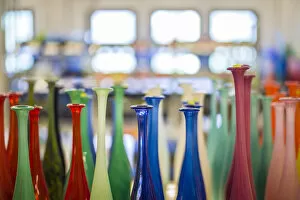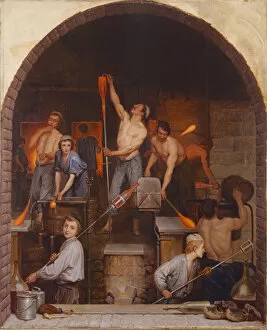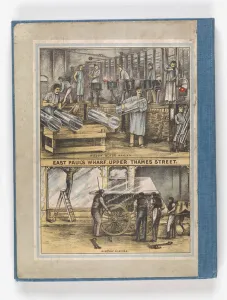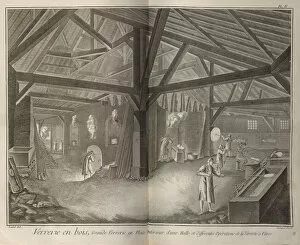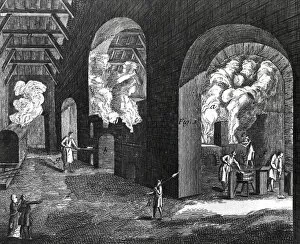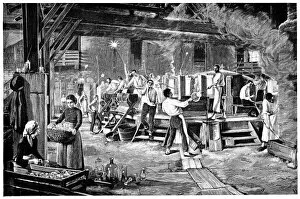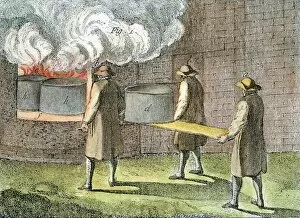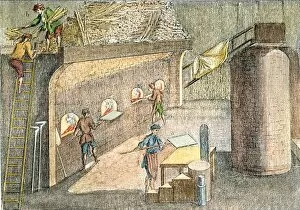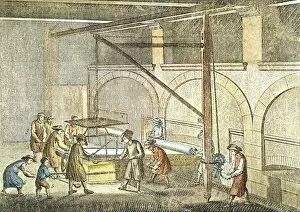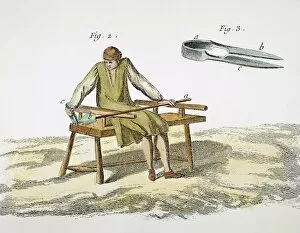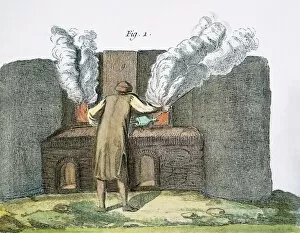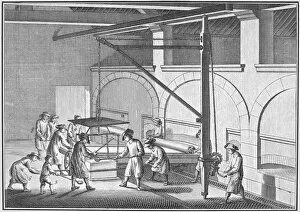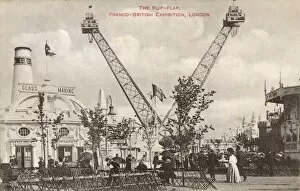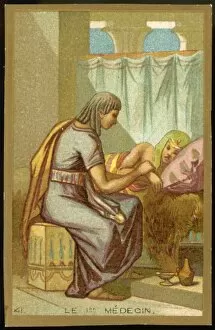Glass Making Collection
Glass making has a rich history in Sweden, particularly in the southeastern region known as Glasriket or the Kingdom of Glass
All Professionally Made to Order for Quick Shipping
Glass making has a rich history in Sweden, particularly in the southeastern region known as Glasriket or the Kingdom of Glass. This area is renowned for its centuries-old tradition of producing exquisite glassware. One can trace the origins of this craft back to the 18th century, as depicted in an oil painting from 1865 that showcases the interior of a furnace. The vibrant colors and intricate details captured on canvas give us a glimpse into the fascinating process behind glass making. The significance of this art form is further highlighted by its inclusion on the back cover of a Catalogue of Materials for House Painting and Glazing, showcasing how it has been an integral part of Swedish culture for generations. An interesting detail within this historical painting is a close-up view from 191514, which allows us to appreciate the skillful craftsmanship involved in creating each delicate piece. It serves as a testament to the dedication and precision required to master this ancient technique. Denis Diderot and Jean Le Rond d'Alembert's Encyclopedie also sheds light on glass making practices during their time (1751-1765), emphasizing its importance as an essential trade. Within Glasriket, two prominent towns stand out: Kosta and Nybro. These locations have become synonymous with exceptional glass production over time. Countless skilled artisans have honed their craft here, contributing to Sweden's reputation as one of Europe's premier glass-making destinations. Kosta, situated within Glasriket, holds particular significance due to its long-standing association with quality glassware production. Its name has become synonymous with excellence in design and innovation within the industry. Similarly, Nybro plays an important role in preserving Sweden's heritage through its commitment to traditional techniques passed down through generations. The town continues to produce stunning pieces that reflect both contemporary trends and timeless beauty. Exploring Sweden's historic Kingdom of Glass offers visitors not only breathtaking landscapes but also a chance to witness the magic of glass making.

